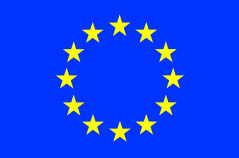Clothing and textiles made up 32% of bans, followed by toys (25%), motor vehicles (9%), electrical appliances (8%) and childcare articles and children’s equipment (4%).
The rise in the number of banned articles shows the increasing effectiveness of the EU’s rapid alert network for non-food dangerous products, says the 2010 annual report. The network, run by the Commission, circulates information on dangerous goods among national regulators.
Better surveillance
New guidelines and a revised risk assessment method also helped regulators detect more dangerous products. Rapex was extended to cover products for professionals and a wider range of risks – the environment, workplace health and safety, and public security.
Safety from the start
‘Safety at source’ has become a key focus of EU product safety law. Companies must identify safety risks from the start, check products before they leave the factory and report any problems. Use of a dedicated rapid alert system for business rose 200% last year.
This emphasis on safety also means working more closely with international trading partners, in particular with China, the source of 58% of Rapex’s alerts.
More improvements
The Commission is looking into possible updates to EU product safety law, following a public consultation carried out in 2010.
All EU countries along with Iceland, Liechtenstein and Norway participate in Rapex. Other products, such as food and feed, pharmaceuticals and medical devices are covered by other specific alert systems, similar to Rapex.
More information:ec.europa.eu/news/environment/110516_en.htm


